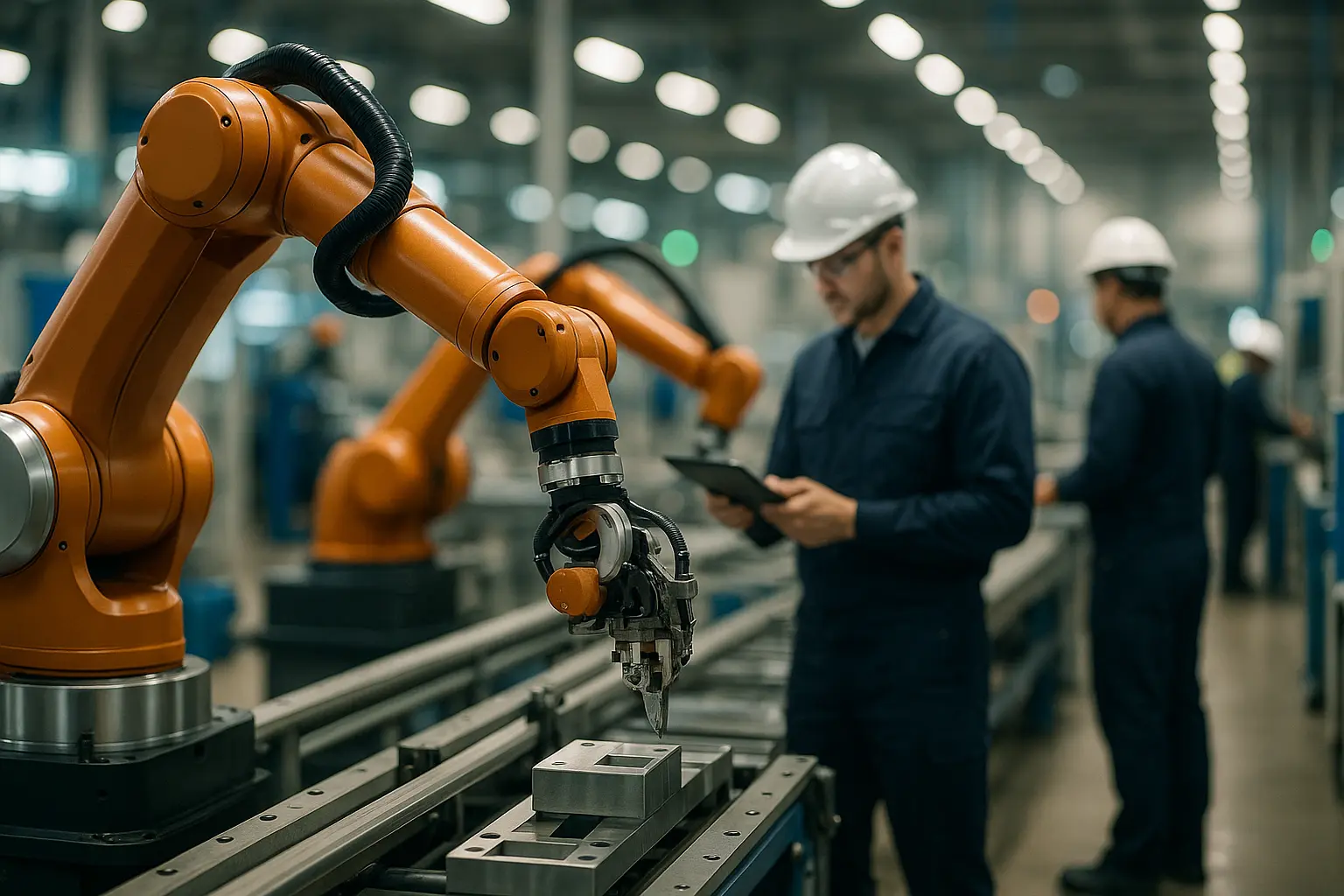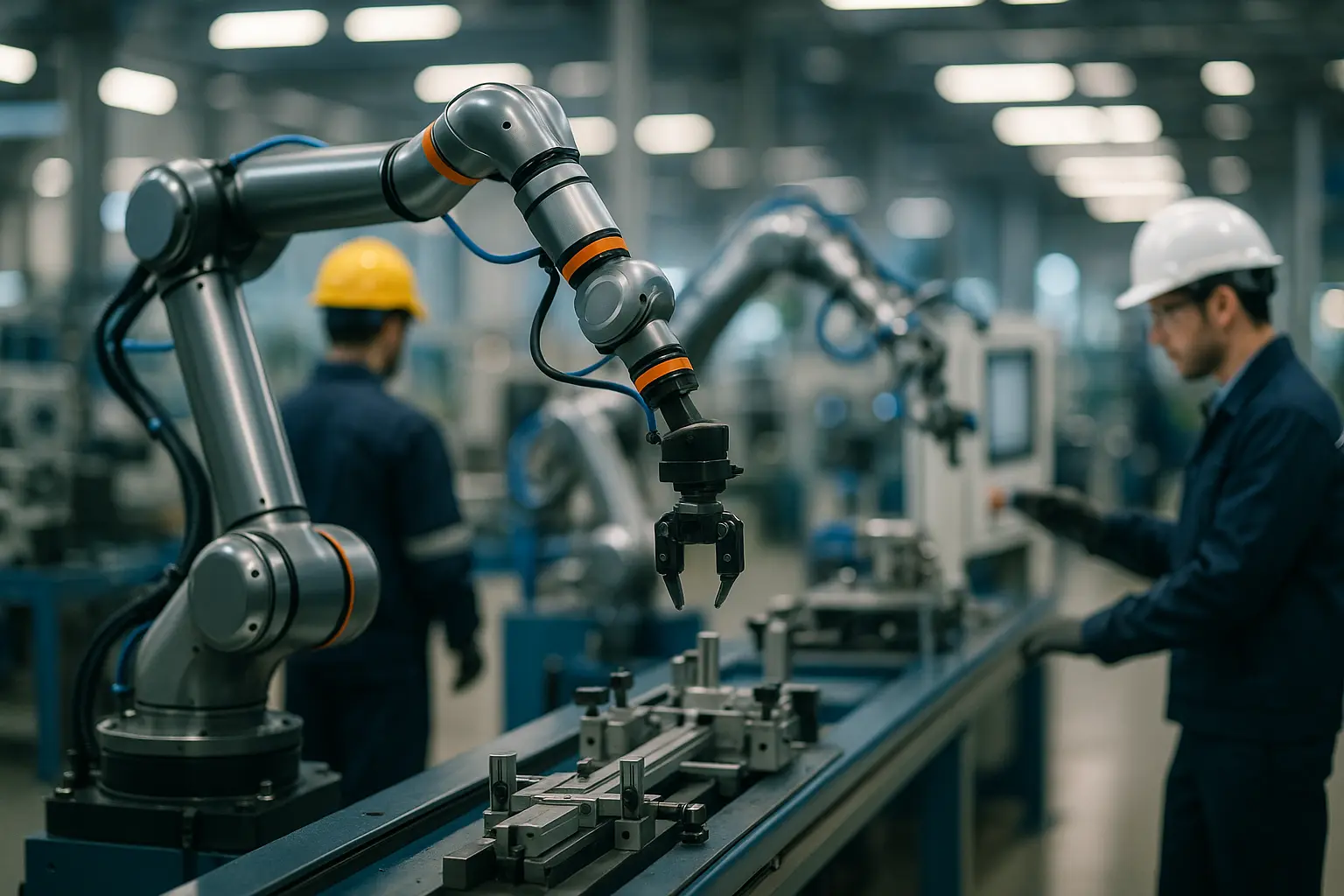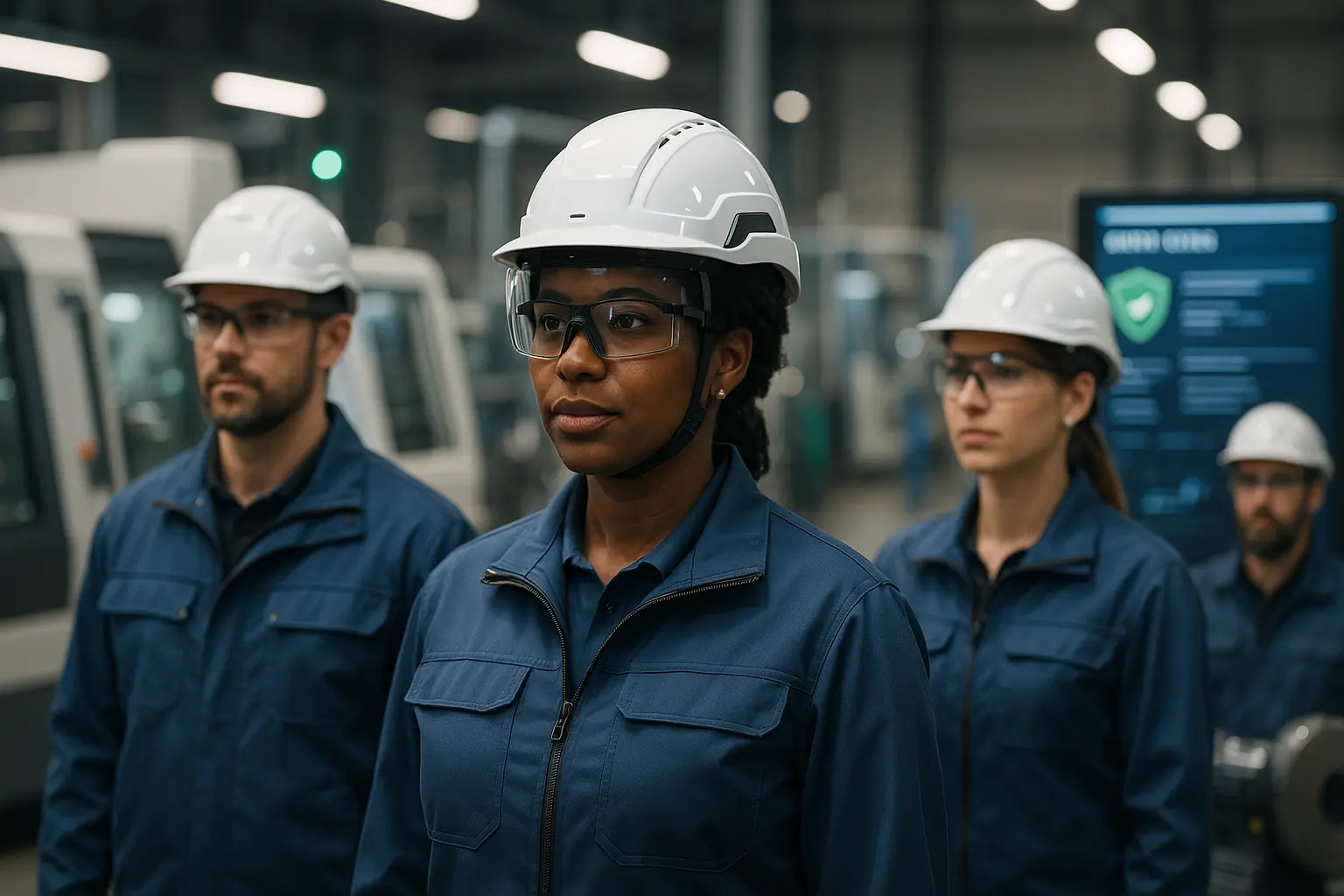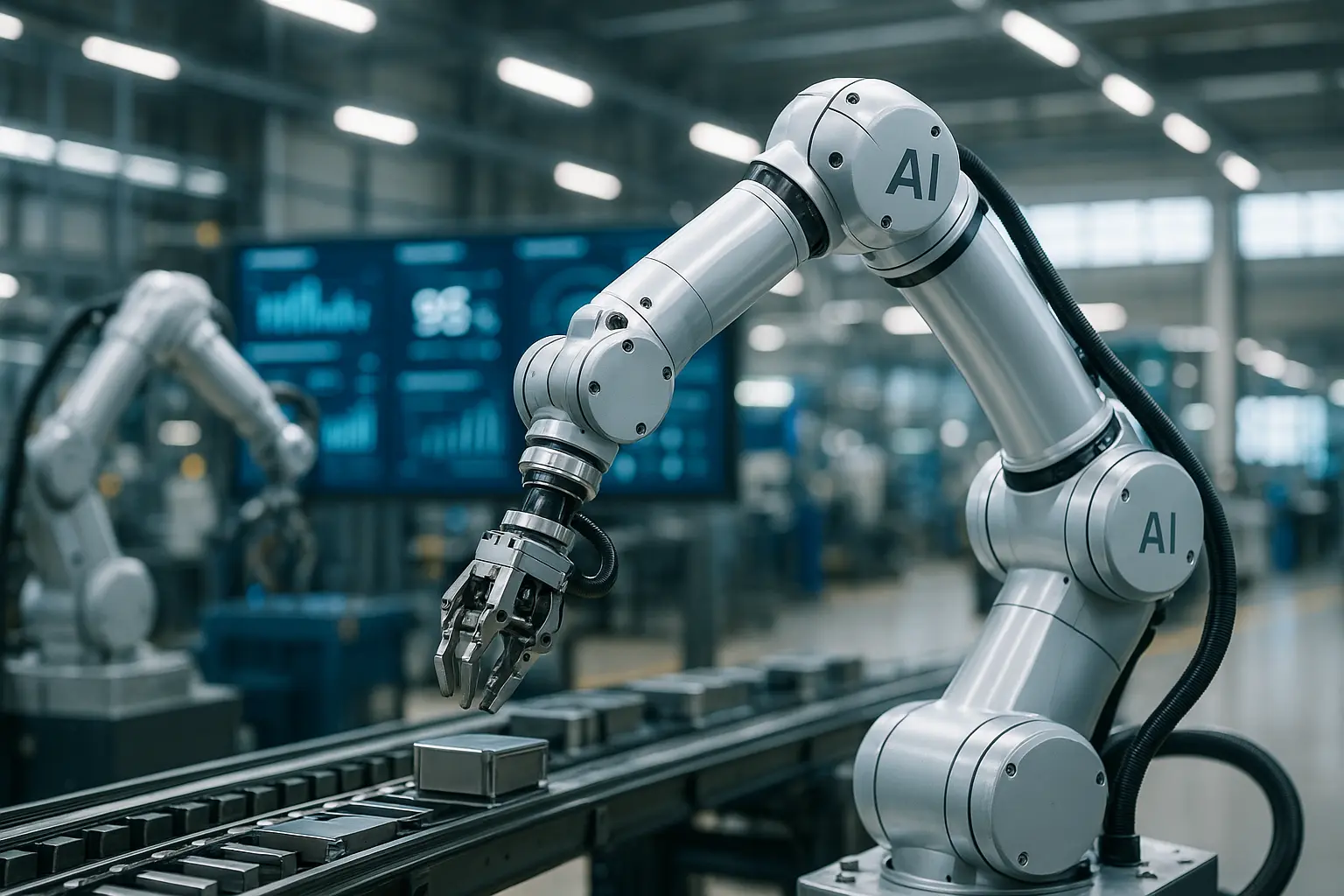Can Technology Really Solve the Labor Shortage in Industry?
In an era where technology dictates the pace of change, one of the pressing issues facing industries worldwide is the labor shortage. It’s a paradox of sorts; as businesses evolve, the demand for skilled workers only intensifies. Companies are grappling with a conundrum: How do we fill the widening skills gap while staying competitive?
There’s no denying that traditional methods of workforce management are being challenged. As we stand on the cusp of a new industrial revolution, driven by automation and advanced tech solutions, it becomes imperative to assess if these innovations can indeed bridge the labor gap. Are we ready to embrace a future where machines may very well complement, if not replace, human talent in certain sectors?
Let’s delve into this thought-provoking discourse and unravel whether technology is the key to addressing the labor crisis.
The Technological Renaissance: Fostering Talent and Skills
The resurgence of technology in the workplace isn’t just a trend; it’s a revolution. From AI-driven platforms to automation, every facet of industry is being reshaped. But while machines can simulate human intelligence, they can’t replicate the essence of human skills—not yet, at least.
Training has become the cornerstone of this transformation. As Deloitte insightfully highlights, a well-trained workforce is pivotal. Employees need to be equipped with the tools and skills to navigate this tech-savvy landscape. Yet, the question remains: Are current training methods adequate to prepare them for the future?
Creating a business environment where learning is continuous and tech is an ally can help. It’s about harnessing the power of technology to help our existing staff elevate their expertise while attracting newer talent. Collaborative tools, virtual classrooms, and augmented reality are now the new norm, promising a work culture where technology and human prowess thrive in harmony.
Manufacturing Meets Automation: A New Era of Industry
The manufacturing sector stands at the forefront of this technological overhaul. Once deemed the backbone of industry, it now seeks a rebirth, driven by automation. Companies are increasingly turning to robots and AI to streamline processes, reduce manual errors, and enhance productivity.
However, this isn’t just about replacing human labor with machines. It’s about businesses leveraging technology to fill gaps where human intervention may not be feasible. The incorporation of robots facilitates tasks that demand precision and speed, allowing human workers to focus on roles that require emotional intelligence, creativity, and decision-making.
But this shift isn’t without its challenges. As more manufacturing roles become automated, training becomes crucial. There is an urgent need to upskill existing employees to work alongside these technological marvels. It’s a symbiotic relationship where both can coexist, driving efficiency and innovation forward.

Adapting to Change: The Role of Businesses and Workforce
As we navigate this evolving landscape, the roles of both businesses and employees are being redefined. For companies, it’s about adopting an agile mindset, one that embraces change rather than resists it. This requires a shift in business strategy, with a focus on technology-driven solutions.
For workers, it’s about seizing opportunities to learn and adapt. The age-old adage of “knowledge is power” holds true, now more than ever. Skills that were once niche, like data analytics or AI proficiency, are rapidly becoming mainstream. The onus is on both staff and companies to ensure they remain relevant in this tech-driven era.
But how do we ensure a seamless transition? Support systems, mentorship programs, and collaborations with tech innovators can help. By fostering an environment of inclusivity and continuous training, we ensure the workforce is resilient and well-prepared for the challenges ahead.
In the grand tapestry of industry, technology and human talent must weave together to craft a future that benefits all. While automation and advanced tech solutions offer immense potential, they are not a panacea. Solving the labor shortage requires a concerted effort from businesses, workers, and policy-makers alike.
As we tread this path, let’s champion innovation that empowers rather than replaces. It’s a delicate balance, but one that’s achievable with foresight, strategic planning, and a commitment to education and training. Together, we can shape a world where technology and humanity coexist, driving progress and prosperity for generations to come.
FAQ
What role does technology play in addressing labor shortages in industries?
Technology serves as a vital tool in alleviating labor shortages by automating repetitive tasks, thereby allowing human workers to focus on more specialized and creative responsibilities. This integration not only increases efficiency but also maximizes output.
Can automation fully replace human labor in industries suffering from shortages?
While automation can significantly reduce the need for manual labor, it cannot entirely replace the human workforce. Many tasks require human judgment, creativity, and decision-making skills that machines currently cannot replicate.
What are some examples of industries that have effectively used technology to mitigate labor shortages?
Industries such as manufacturing, agriculture, and logistics have successfully implemented robotics and artificial intelligence to manage labor shortages. For instance, automated assembly lines and AI-driven supply chain management systems have streamlined operations and reduced dependency on human labor.
Are there any challenges or downsides to using technology as a solution for labor shortages?
Yes, there are challenges, including the initial cost of technology implementation, the need for ongoing maintenance, and the potential for job displacement. Additionally, there may be a skills gap as workers need to be retrained to work alongside new technologies.
How can industries ensure a smooth transition to technology-driven operations amidst labor shortages?
Industries can facilitate a smooth transition by investing in employee training programs, ensuring workers are equipped with the necessary skills to operate and collaborate with new technologies. Furthermore, maintaining open communication about the changes and potential impacts can help mitigate fears and resistance among the workforce.














Post Comment